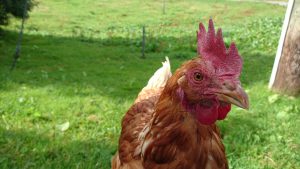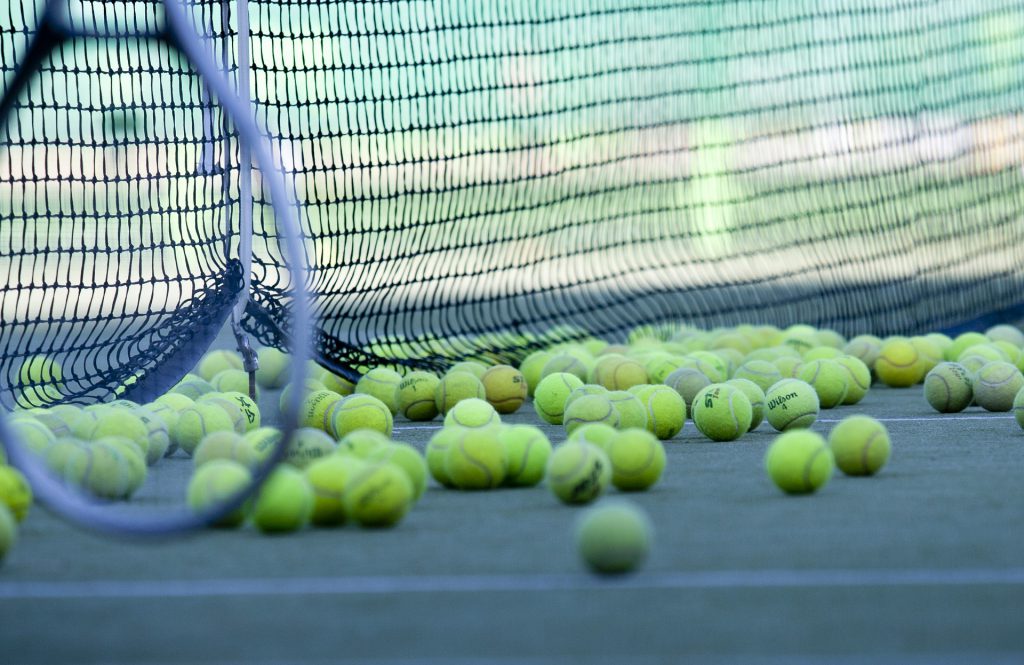National Walking Day

Did you know the first Wednesday of April is National Walking Day? This year, National Walking Day is on April 4. With spring upon us and the weather warming up, this is the perfect time to get back outside and walk! Walking is a great activity for children because they can do it with friends and family. You and your family can go for a walk after dinner, walk to school together, or through a park on the weekend.
At home, there may be too many distractions that make it hard for your family to talk about their days. Especially as your children get older, it can be hard to connect with them. With walking, you all can exercise while you talk and catch up. Or, you can pick up the pace and see who can jog or run the fastest! Whatever pace your family needs today, whether it’s strolling or running together, set some time aside to walk together.
Walking may not seem like much exercise to your kids if they’re used to running or playing sports, but it can be a relaxing way to exercise without the pressure or excitement of a competition. To learn more about the benefits of walking on your health, visit http://www.heart.org/HEARTORG/HealthyLiving/PhysicalActivity/Walking/Why-Walking_UCM_461770_Article.jsp#.Wi6VUCO-Lq0.
Where will your family walk today?
Do You See What I See?

Regular exercise is essential to children’s physical development, but it’s also important to be mindful of their cognitive development. There are different developmental milestones children reach at different ages. These milestones are categorized into different types of development:
- Social/emotional
- Language/communication
- Cognitive (learning, thinking, problem-solving)
- Movement/physical
Games can be a great way to help your child reach these milestones. For example, preschoolers can benefit from games that help them learn their colors and understand their surroundings.
To improve your children’s health as well as cognitive development, go for a walk with your family and play the game “Do you see what I see?” Pick an object that everyone can see as you are walking. Without telling anyone what you are looking at, describe it and let everyone guess what it is. Take turns being the one to choose the object. Practicing observing and describing their surroundings through games like this can improve preschool-age children’s cognitive development. But no matter how old your child is, this is can be a fun game that also gets your family moving together.
A healthy diet is critical to all kinds of development, so make sure your children are eating nutritious fruits and vegetables, lean meats, beans, nuts and seeds, low-fat dairy, and whole grains to help them grow!
To learn more about child development, visit https://www.cdc.gov/ncbddd/childdevelopment/facts.html.
Where will you go to play “Do You See What I See?”
Make Up a Story and Act it Out

Imagination is an important part of childhood development. As children imagine new possibilities, they learn to think outside the box and solve problems in unique ways. This kind of thinking is critical to their cognitive development. While some adults struggle with creative thinking, children usually don’t! Children often have wild and active imaginations, so why not try putting those creative minds towards physical activity?
Allow each family member to make up a story. As they tell the story, everyone acts it out. You can pretend you are going to the beach, hiking up a mountain, or anything else you can dream up! Make sure to really exaggerate your movements to get the physical benefits of this activity. For example, take big steps as you pretend to hike up a mountain, and alternate arm movements as you pretend to rock climb.
Acting out stories is a great way to Move More, whether you play inside or outside! When the weather is too hold, cold, or rainy, there are always activities like this you can play inside. Limit time spent watching TV or playing video games when your children play inside. Instead, choose physical activities like “keep the balloon up.” To learn how to play and for more indoor activities, visit https://www.urmc.rochester.edu/medialibraries/urmcmedia/community-health/community-partnerships/heart/documents/indoorphysicalactivityideasfor.pdf.
Share the stories you and your family make up!
Protein Power Moves

Physical activity doesn’t always have to be an organized sport. While organized sports are fun for the whole family to play, sometimes the weather may be unfavorable or you may not have enough people for a game. When you don’t have time or convenient access to the equipment needed to play a structured activity, try activities that you can play with fewer people and less organization. One you can try is “Protein Power Moves,” which involves acting out movements of protein-rich foods.
Have everyone in the family line up in a single line or form a circle. One member of the family calls out the action (see list below) and another member of the family keeps time. Follow the leader doing each action for one minute.
Actions
- Flap and cluck like a chicken
- Walk and stomp like a cow
- Run and squeal like a pig
- Grow from small to tall like a string bean
- Swim real fast like a fish
Eating enough protein-containing foods and doing weight-bearing exercises are essential to building strong bones and muscles. Weight-bearing exercises are more than just lifting weights (which may not be appropriate for young children)–they can also be activities like jogging and hiking. You and your children may also enjoy exercises like push-ups and sit-ups. To learn more about appropriate strength exercises for your children, visit http://kidshealth.org/en/kids/getting-muscles.html.
Remember to drink a glass of low-fat milk to build even stronger bones and muscles!
Tennis

Tennis is a fast-paced sport played with either 2 players or 4. One player competes against another in singles tennis. In doubles tennis, four players are split into two teams and the two teams compete. Children who aren’t interested in playing a team sport may enjoy tennis as an alternative. Playing tennis regularly can improve heart health, bone health, and improve hand-eye coordination.¹ It also uses many muscles in your legs, arms, and upper body, helping to increase your muscle strength. Tennis supports brain development by increasing alertness, which is especially valuable for growing children!
The first thing to learn about playing tennis are the different strokes (techniques for hitting the ball). Here are a few to get your children started:
- Forehand Groundstroke: In the forehand stroke, you hold the racquet in such a way that if the racquet wasn’t there, the ball would hit your palm. Wait for the ball to reach you, holding the racquet in front of you. As the ball approaches, swing the racquet at the ball with your arm and wrist relaxed. When the racquet makes contact with the ball, snap your wrist and follow through with the racquet over your opposite shoulder.
- Backhand Groundstroke: In the backhand stroke, you hold the racquet in such a way that if the racquet weren’t there, the ball would hit the back of your hand. Wait and hit the ball with a similar technique as in the forehand stroke. Except for backhand, pull the racquet to the opposite side of your body with your palm facing your body and the back of your hand facing out.
- Serve: Toss the ball up and fully extend your arm. Look at the ball as you pull the racquet behind your head and swing it back to hit the the ball.
The main difference between the forehand and backhand stroke is which side of your body you hit the ball on. If you’re right-handed, you’d hit the ball on the right side of your body for forehand and the left side for back hand (and vice versa if you’re left-handed). To learn more tennis fundamentals, visit https://www.usta.com/en/home/improve/tips-and-instruction.html.
Since tennis is usually played outdoors, make sure children wear sunscreen to prevent sunburn. Also, they should wear protective glasses or goggles. Such eyewear should be made with polycarbonate. Shoulder, elbow, wrist, and ankle injuries are common in tennis players, so advise children to practice proper technique and not to overexert themselves. For more tennis safety tips, visit
https://www.healthychildren.org/English/healthy-living/sports/Pages/Racquet-Sports.aspx and http://kidshealth.org/en/teens/safety-tennis.html#.
Many parks have open-use tennis courts you can play on. Children who like tennis may also be interested in trying racquetball or badminton. Look at local sports equipment stores, yard sales, or thrift stores for rackets.
Tell us how your children enjoy playing tennis!
References